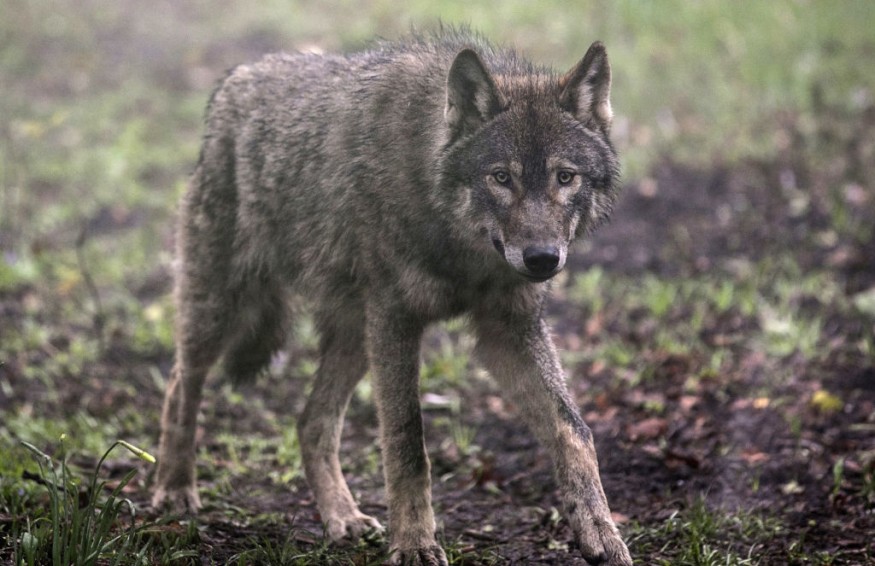Bristol Zoo's issue of rehoming 25,000 animals is "a tremendous effort." Staff at the zoo are juggling the practicalities of relocating 300 animals now that the Clifton location has closed.

Rehoming
Even the closest of families can be strained by moving, and western lowland gorillas are no exception.
Eight primates from the Bristol Zoo look to their silverback, Jock, for guidance and comfort during times of uncertainty and stress. However, relocating him along with his harem of three ladies and their offspring, weighing 13.4kg and 184kg, is no easy chore.
The keepers and curators of the zoo are also struggling with a much greater logistical puzzle, of which this is but a minor component.
Historic Zoo

Since 1836, Bristol Zoo Gardens, the fifth-oldest zoo in the world, has been located on the edge of Clifton Downs on a five-hectare (12-acre) tract.
However, after permanently closing its doors to the general public on September 3, its keepers are now faced with the most difficult relocation task: transporting 300 species, or over 25,000 animals, to zoos, aquariums, and institutions in the UK and abroad.
Facing Challenges
Seventy-six of these species, including gorillas and slender-snouted crocodiles, are being relocated and bought for the Wild Place Project in South Gloucestershire, the sister facility of the Bristol Zoo, which will house the new Bristol Zoo.
However, only those species that are vulnerable and for which the Bristol Zoological Society, which runs the zoo, actively participates in breeding or conservation programs, will be moved there.
Many other species, including three 1.2-meter-long paddlefish, millipedes, penguins, and meerkats, are being transferred to zoos in the US and Spain.
Nigel Simpson, head of animal collections at Bristol Zoological Society, says, "I don't think something of this magnitude has ever been tried."
How, then do you assist a gorilla in moving or even aid millipedes that have been dispersed settle down? It's rather easy for certain creatures.
For instance, the flamingos were delivered to Yorkshire's Flamingo Land Resort free, in the back of a cushioned truck.
As the vehicle round the corner, all the flamingos move together as a colony before turning around and moving back, according to Simpson.
Twiggie, Biggie, Mike, and Helen, the zoo's Aldabra giant tortoises, will be transported to Jersey's Durrell zoo in wooden boxes; however, each box needs to be manufactured specifically for each tortoise to prevent injuries during transportation.
Still Trying
But even the most basic organisms may come up with unexpected results.
Most of the time, the most numerous animals are the most difficult to move, unlike what most people believe.
This is according to Laura Graham, an animal registrant who assists in planning each relocation.
"You might plan for a certain number of animals, but if it's something that lives under the soil, like our red-legged millipedes, you have to upgrade to our large zoo vehicle to transport these massive vats of soil rather than just collecting them in a car," the keeper said. "We thought we had about 2,000, but they'd been breeding so well that when [the keepers] filtered through the soil, they found we had 9; you must be highly versatile and flexible.
For similar news, don't forget to follow Nature World News!
© 2026 NatureWorldNews.com All rights reserved. Do not reproduce without permission.





